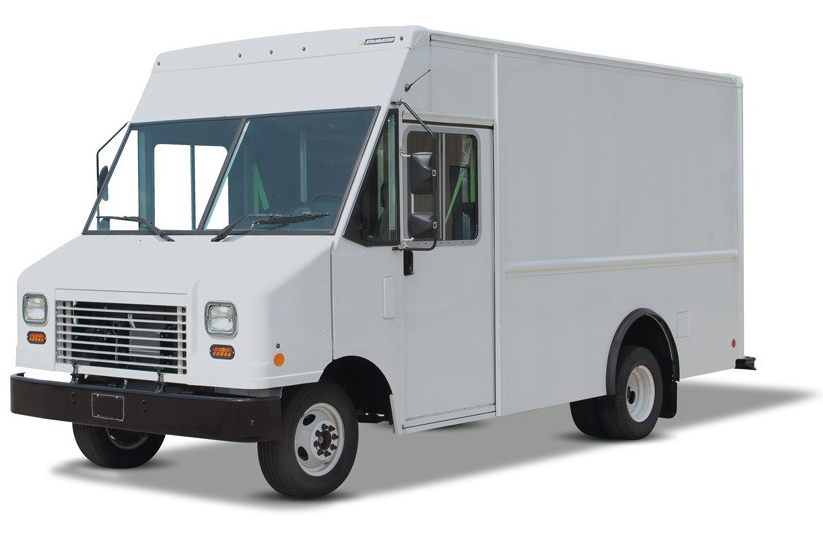

Fleet
The beauty of a fleet vehicle is that it was designed to serve a purpose. Whether it was meant to haul people, supplies, or laundry, a fleet vehicle is (generally speaking) very simplistic on the inside.
Their engines and transmissions are, however, usually intended for use cases that never happen. Meaning – A campus van that only drives 10mi / day and hauls 3-5 students per trip, is still using a 7.3 liter V8 motor (430HP) with a 35 gallon gas tank. That setup is only useful if the van is fully loaded and hauling a 10,000 lb trailer from city to city. However – the auto manufacturer needs to make all their vehicles this way to make sure they cover the worst case scenario. Meanwhile, the majority of consumers are paying for the engineering for 1% of use cases.
**The exact same logic goes into the creation of new commercial EVs.
With EV conversion, we have the flexibility to re-power our vehicles based on the actual use of a vehicle. For example, that same van mentioned functions perfectly well with a battery system that covers 100mi of daily use and half of the horsepower requirement. This system is lighter, better balanced, and gets better acceleration than its original setup. Additionally, a fleet of 10 vehicles converting to EV, saves that company more than $500,000.00 over the course of 10 years.
We encourage anyone exploring the possibility of converting their fleet to electric to reach out for a consultation. Making the move to electric makes great financial sense for many commercial vehicles out there. We look forward to talking to you soon!
Conversion Inquiry
Customer Example

The University of the south (Sewanee)
Like many educational institutions in the US, carbon neutrality has become a goal. One of the largest polluters (and expenditures) for an institution can be an aging fleet of vehicles. Sewanee and CEV motors are working together to achieve these goals while also keeping the university’s fleet budget intact. These actions set the stage for this institution to become the leader in the region for operating a truly carbon neutral fleet.
